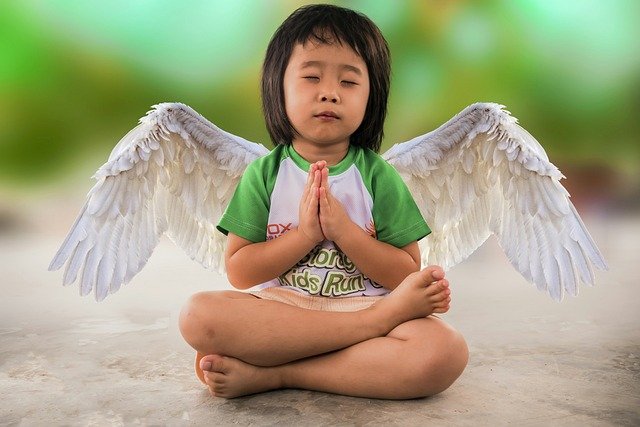It’s hard to be a kid these days. Children in today’s age encounter all sorts of social, emotional and physical challenges, and more often than not they don’t have the tools or the knowledge for coping with such conflict. But the answer could lie in yoga.
Yoga can be an incredibly powerful way to teach children how to manage their stress and anxiety. With breathing techniques, body awareness, and behavioral guidelines, as well as imparting principles such as stillness, concentration, balance, and health, introducing yoga into your child’s life can have a positive impact on their overall well-being.
Being that yoga is something that can be practiced anywhere, is low-cost, and doesn’t require elaborate equipment, this is a fantastic exercise to introduce into your child’s daily life. Let us explore the benefits of yoga for kids, as well as some of the safest poses. Doing so will keep them active, and assist them in balancing their body, mind, and soul.
Benefits of Yoga for Kids
Counter Pressure In Everyday Life
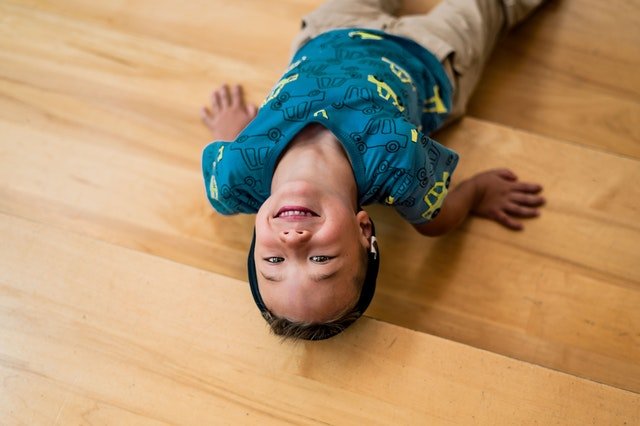
Children live in a busy world; there are pressures at school, at home, and within their social life, and they are surrounded by a range of stressful influences, including video games, and competitive sports. The hurried pace of everyday life can have a profound effect on children who don’t have the tools to decompress.
Yoga teaches children techniques for dealing with stress and anxiety because they learn how to incorporate breathing techniques and relaxation into everyday life. Regular yoga encourages self-esteem and body awareness in a noncompetitive environment and allows children to improve their sense of calmness. This, in turn, encourages healthy sleeping patterns, and sleep quality improves as they perfect the practice of lengthening the breath and relaxing the body. The emotional balance that children gain from yoga improves the quality of their overall well-being.
Improves Academic Performance
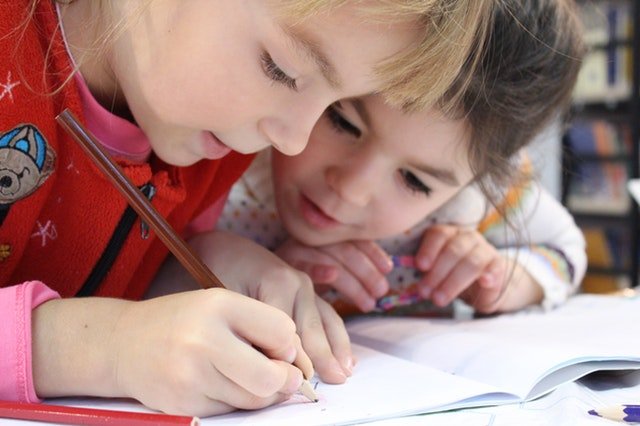
Practicing yoga sees an increased level of oxygen that circulates throughout the body and brain, and this increases a child’s attention span, improves their memory retention, and concentration. The focus that children learn through practicing yoga translates into better academic performance in the classroom; learning ability and attention to a specific task has been known to significantly increase among children who practice yoga.
Yoga also has a positive impact on over-all classroom behavior. It helps children to improve their mood and teaches them self-regulation skills. It is also successful in reducing the release of stress hormones that are often the cause of anxiety, stress, and fatigue, and this translates into a more focused and alert child in the classroom.
Physical Benefits
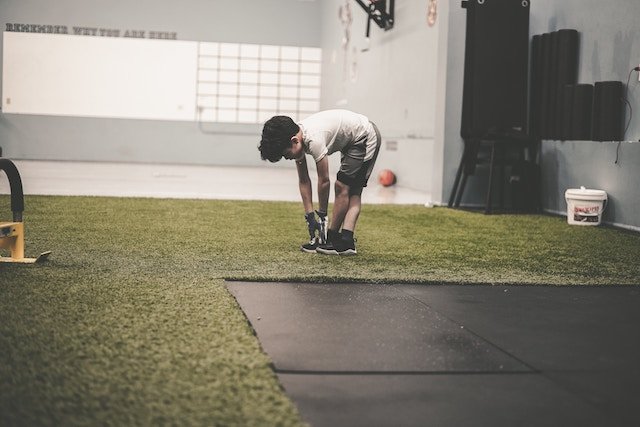
Physically, children who practice yoga are more flexible, have greater coordination, and a more keen sense of body awareness than other children. Poses that stretch and strengthen the body also work to increase blood flow, which reduces the risk of injury while taking part in other physical activity.
On top of improving body balance and core muscle strength, children who practice yoga typically maintain a healthy body weight into adulthood. And for those children who suffer from muscle pain, yoga is a healthy option for reducing chronic pain.
[et_bloom_inline optin_id=”optin_16″]
Yoga Poses for Kids
Tree Pose
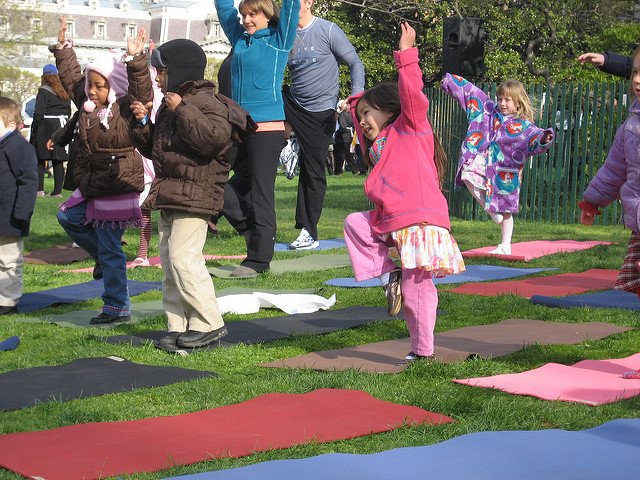
Photo by Amanda Hirsch
Tree Pose is a great way to improve your child’s balance and concentration. It builds strength in the thigh muscles, ankles and calves, and is a great pose for toning the abdominal muscles. Stand up straight, and lift your preferred foot with the knee out. The sole of your foot will touch the opposite inner thigh in a position where it feels comfortable, forming a triangle shape. Balance in that position with your hands pressed together above your head. You can choose to either balance or sway like a tree. Repeat this on your other foot. If your child is unsteady in this pose, have them try it with their back against a wall.
Bridge Pose
Bridge pose is a great way to stretch the shoulders, thighs and hips, and increase the flexibility of your child’s spine. Lie on your back with your knees a little bent, and keep your feet flat on the ground, around hip-width apart. With your arms in a resting position alongside your body, and palms downwards touching the floor, take a deep breath and lift up your lower, middle, and upper back to create a bridge. Hold it while breathing slowly for as long as your child is comfortable.
Cobra Pose
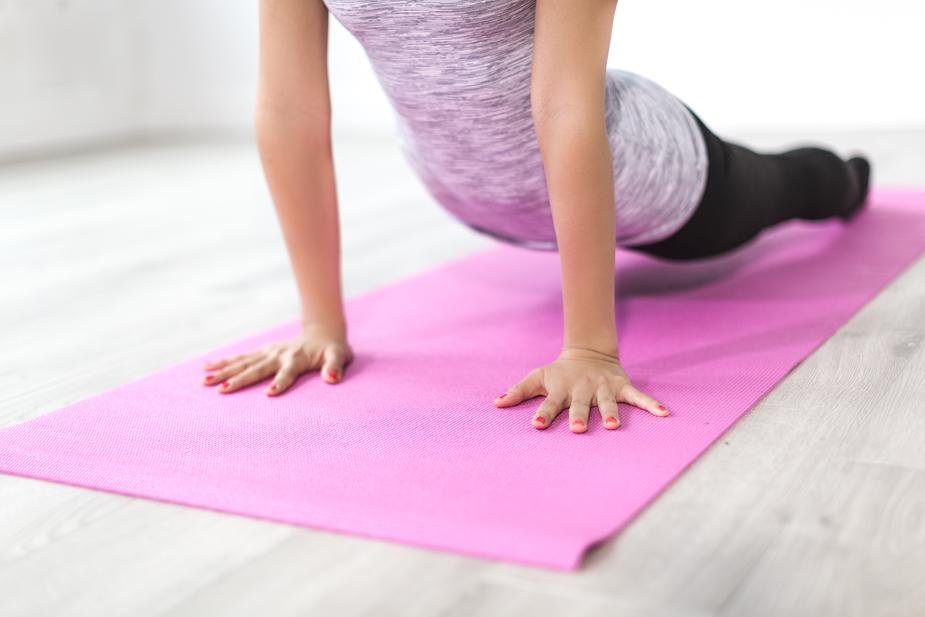
Cobra Pose is the perfect stretch to increase flexibility in the spine. It stretches the chest and strengthens the shoulders and back, while also stimulating abdominal organs which may help with your child’s digestion. Have your child lie down on their stomach, with their palms flat next to their shoulders. They will pull their shoulders slightly in towards the spine, and then lift the head and shoulders off the ground into a cobra pose. It is important to keep the chin up and arch the back as much as is comfortable. Hold this post for around 15 – 30 seconds. For some extra fun, allow them to hiss like a snake. If they feel comfortable they can push all the way up off their thighs for upward facing dog.
Bow Pose
Bow Pose is a great way to stretch the whole front of the body. It strengthens the back muscles and shoulders, improves posture, and stimulates the neck and abdominal organs which is good for improving digestion. Lie on your stomach, and have your arms resting alongside your body on the mat. Bend your knees, lift your chest, and stretch your arms back to take hold of your ankles. Look straight ahead while holding this post for 4 to 5 breaths before lowering your knees and releasing your feet.
Butterfly Pose
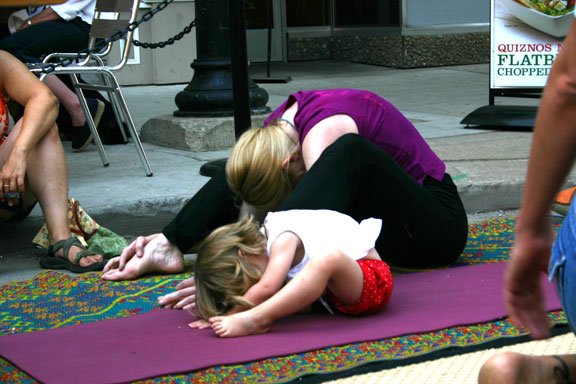
Photo by Autumm
Butterfly Pose is a great stretch for the knees, hips, and inner thighs, and it regulates digestive and bowel movements, while improving general circulation. Sit on your buttocks with your spine upright and legs straight in front of you. Bend your legs so that the soles of your feet come together, and hold your ankles with your hands. Gently flap your legs up and down like the wings of a butterfly. You should start slowly, while gradually picking up speed. You can hold this pose for 3-5 minutes before gradually slowing down and coming to a stop.
Do you do yoga with your kids? What is your favorite yoga pose for kids?
Pin It For Later!
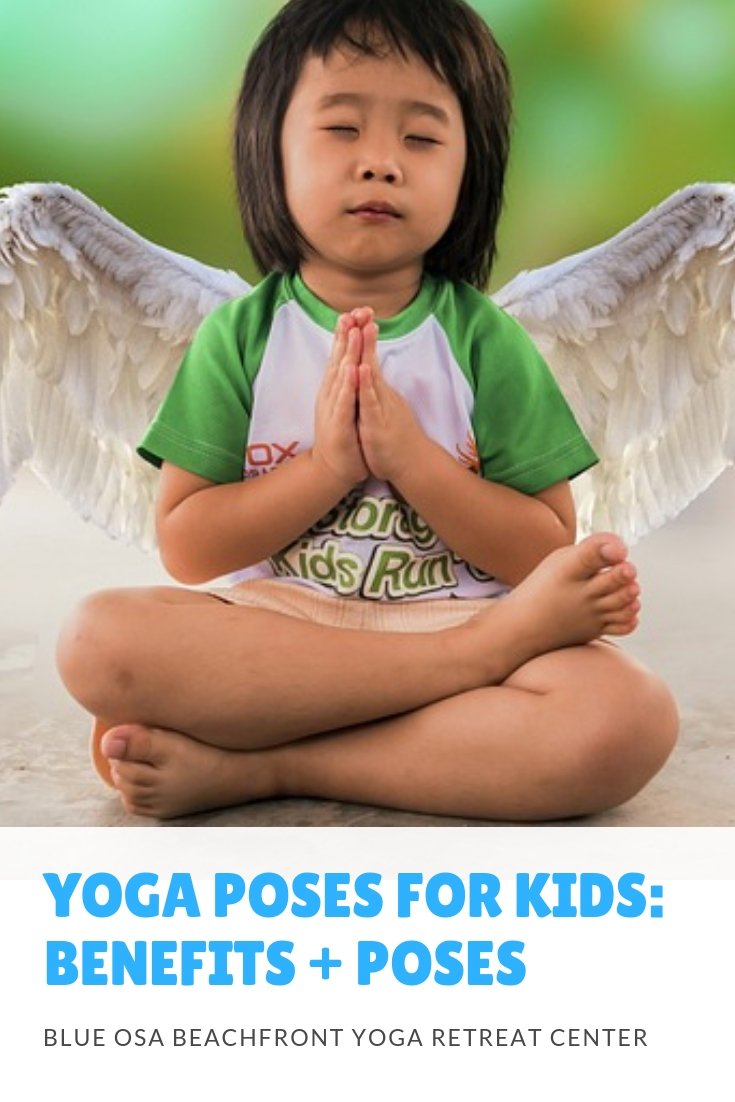
About the author:

Casey Siemasko is a content marketing consultant, travel blogger, and wandering yogi. An entrepreneur at heart, she is the co-founder of the award-winning travel blog A Cruising Couple. Besides yoga and travel, she enjoys wine tastings, being outdoors and taking on new hobbies. Follow Casey on LinkedIn and Google+.
Follow Casey:


